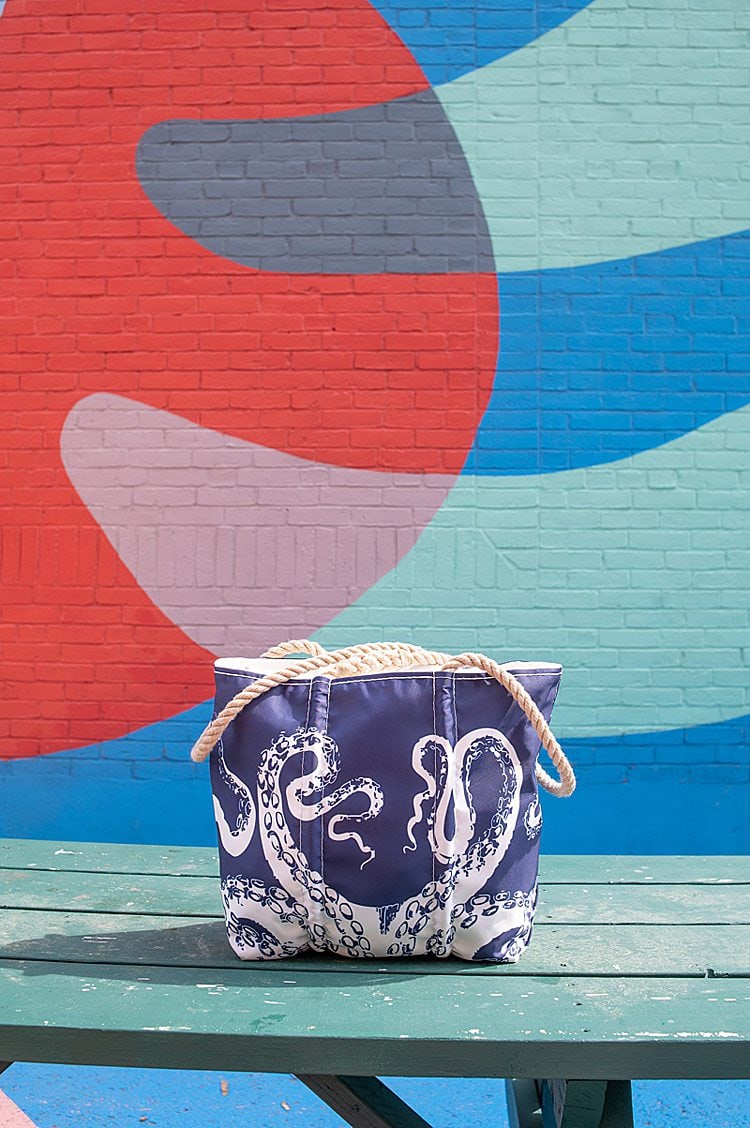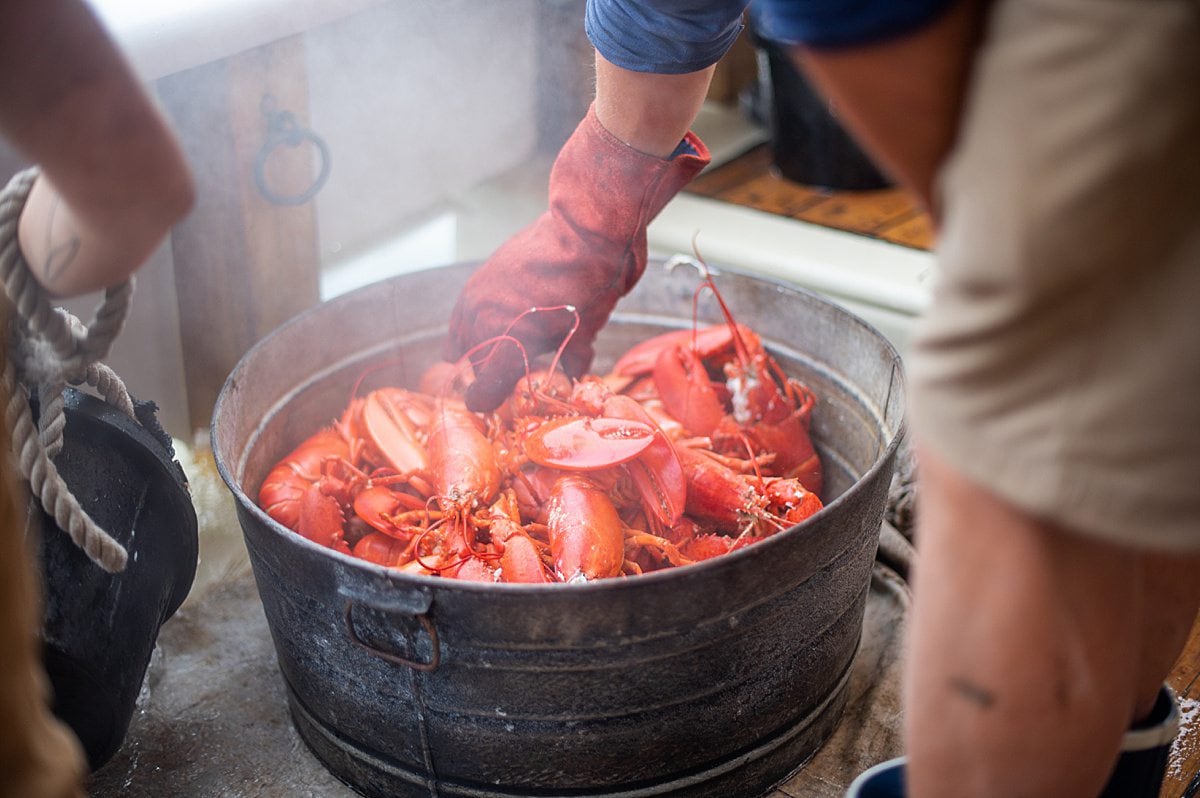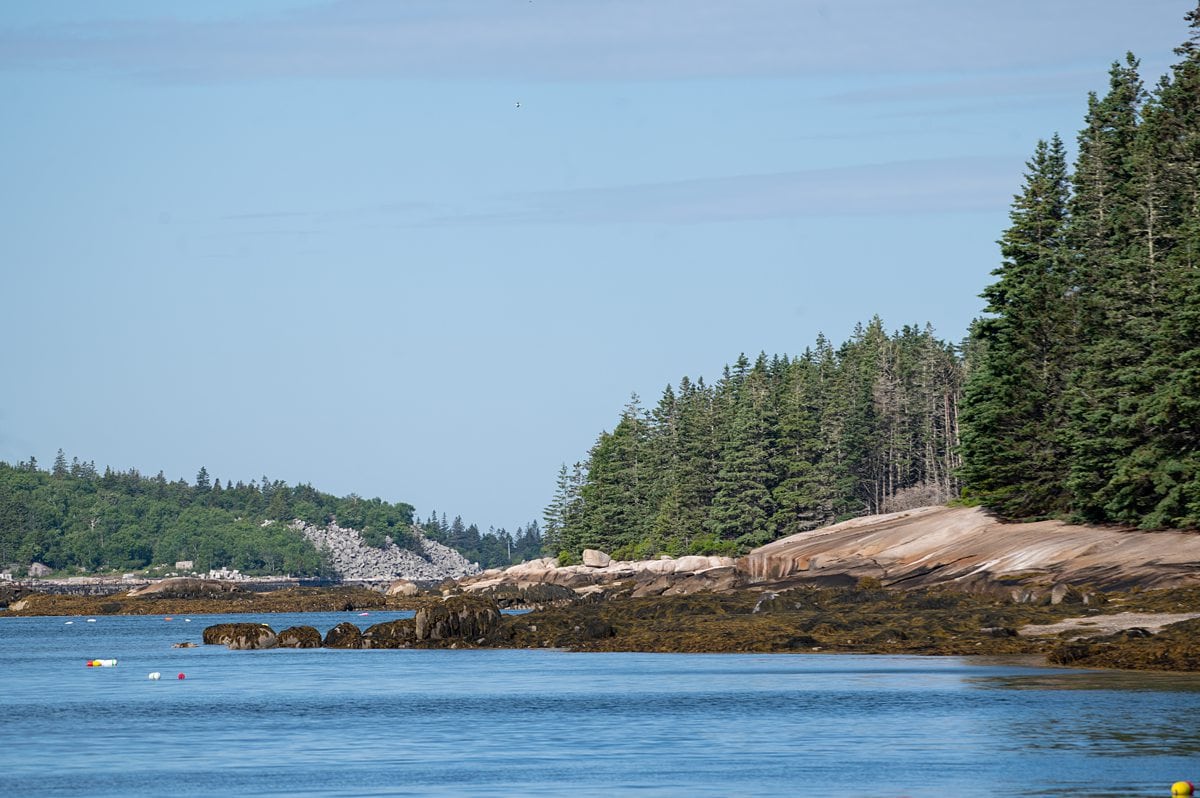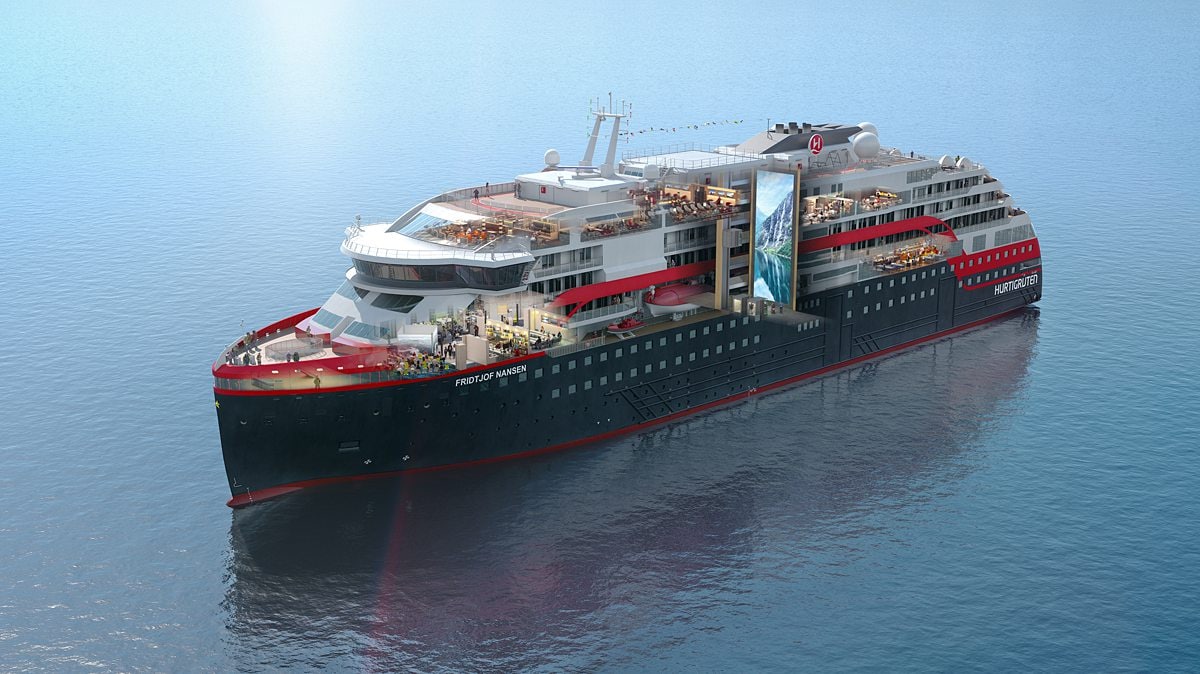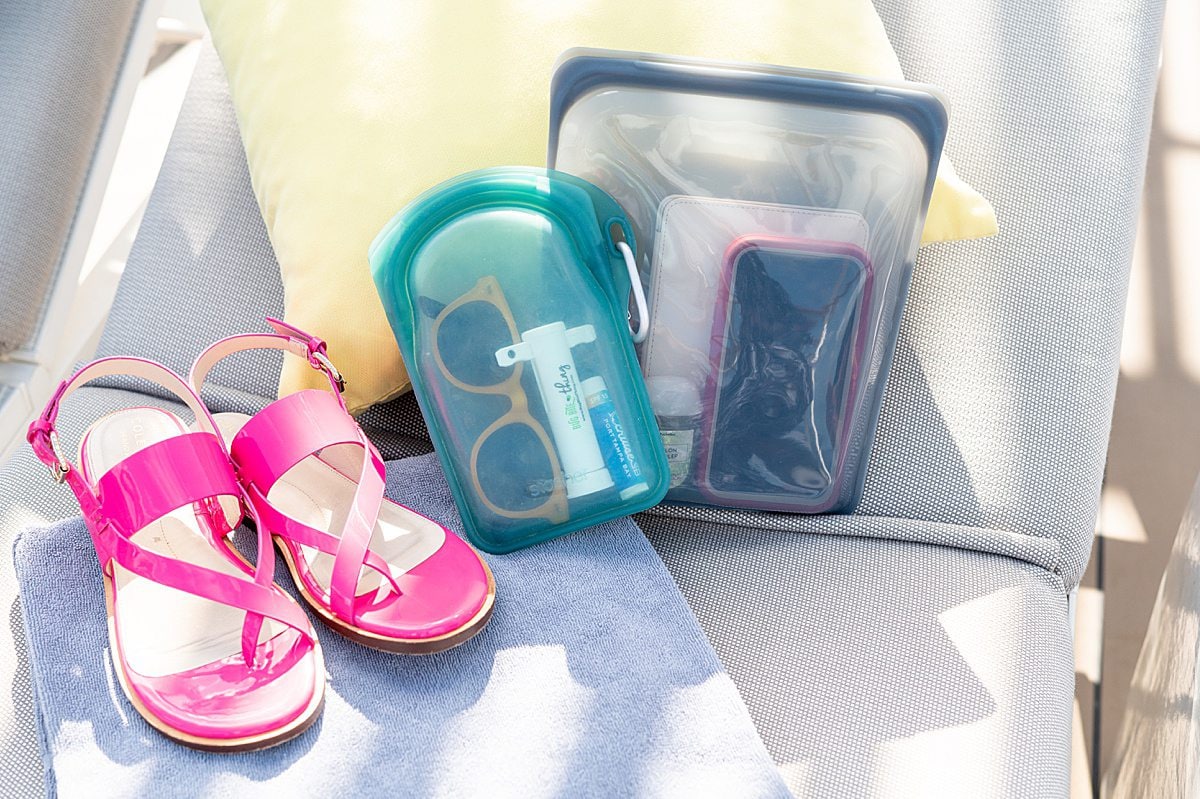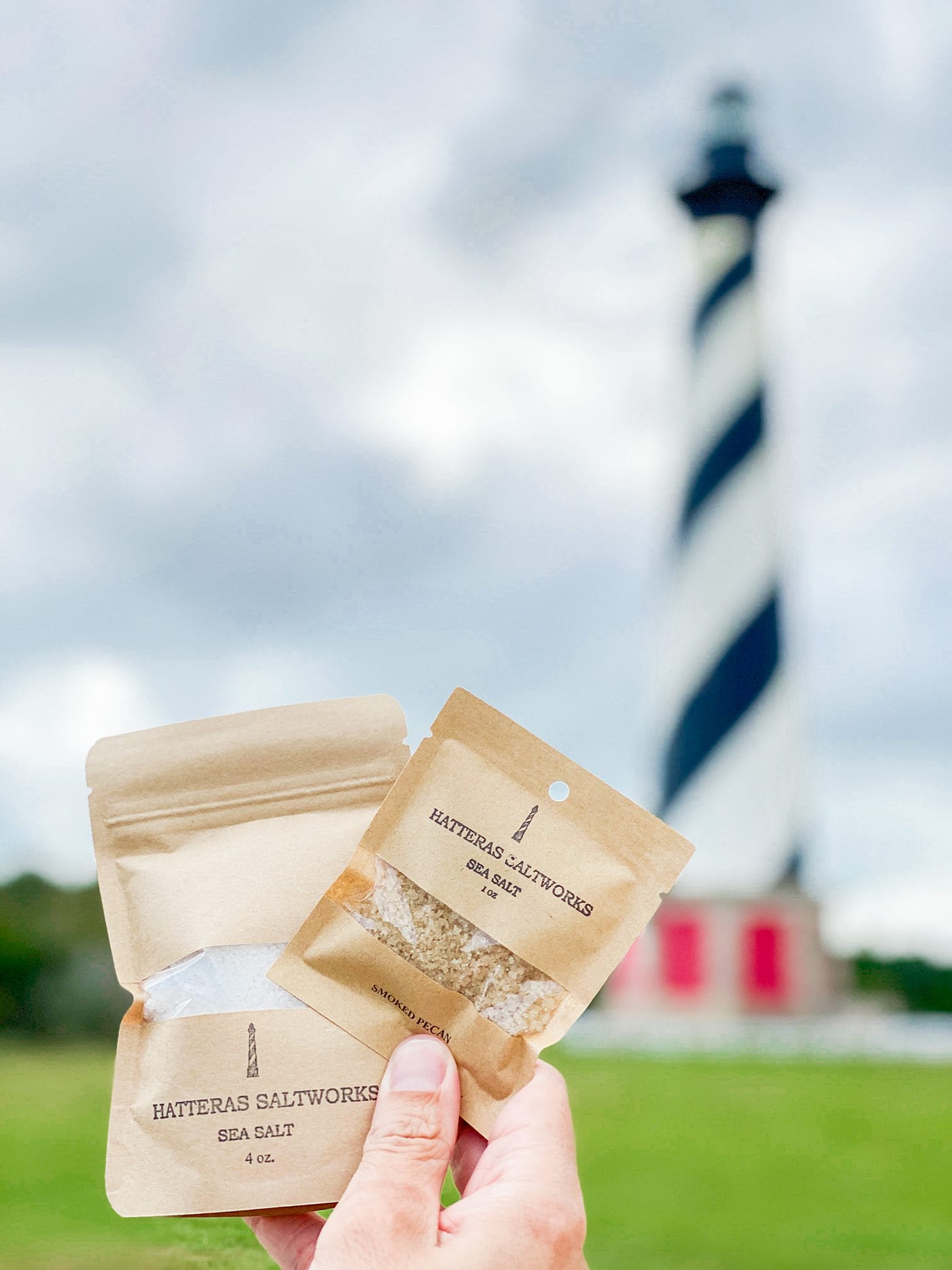Cruises Focus on Sustainability Year-Round, Not Just for Earth Day
The very ships that sail around the world with thousands of vacationers on them, who cruise every year, are viewed negatively regarding sustainability. Yet they allow people to travel the world and connect with cultures and places on every continent.
Is there no good in the cruise industry when it comes to caring for the Earth and our environment? Or have people simply not examined supporting evidence to the contrary? There are several cruise lines for which sustainability and the well-being of our oceans are a driving component of their company values.
These are the cruise lines that not only care about the environment but use it as a driving force for their decisions. They are proud to declare it on their websites for Earth Day and every day.
Cruise Companies with a Sustainability Focus Found on their Websites
Royal Caribbean Group (who owns Celebrity Cruises and Silverseas) has an easy-to-find “Environment” page linked in the footer of their site. In addition, readers will find statistics illustrating how this company has led cruise sustainability advancements.
A small yet impactful example is that they have switched any halogen bulbs to LED light bulbs on board their ships. Additionally, the exterior glass they use in shipbuilding allows their HVAC systems indoors to run incredibly efficiently.
Cruise Lines Recycle Waste
Many cities on land cannot claim to have as technologically advanced recycling facilities available to their residents as mega-ships onboard for their passengers and business. Things such as glass and food waste are processed onboard. Laundry is washed and dried in energy-efficient machines. Human waste is appropriately processed rather than dumped in the ocean.
When it comes to food, companies such as Kontiki Expeditions, which cruise the coast of Ecuador, proudly share ways locals harvest seafood with their guests. One experience guests partake in during a week-long yacht experience among 18-guests is an eco-conscious excursion. First, locals and visitors come together to experience searching for conch in local mangroves. Then, chefs prepare the conch in a traditional ceviche dish on board for guests to eat and enjoy.
Bigger cruise lines that do not have the luxury of small guest-to-crew ratios will proudly display locally sourced food or sustainably sourced seafood on their menu with an appropriate icon. Eco-conscious cruisers should inquire about where they get their seafood.
Sustainable Cruise Lines Find Underpopulated Areas to Explore
Cruise Lines that are experts in exploring nature-driven travel in Alaska, for example, partner with locals to bring guests into remote areas that tourists do not overrun. Two such eco-focused small cruise lines are Alaskan Dream Cruises and Maple Leaf Adventures.
Instead of visiting locations that may be overcrowded or at dangerous capacities for the environment's well-being, guests find themselves in serene landscapes they explore in an eco-conscious way with expert wildlife guides.
The benefits are twofold: it allows them to get up-close and personal with nature respectfully and sustainably and deepens their appreciation for the Earth. In addition, the fees these cruise lines pay to the parks and areas they visit help protect them.
Cruise Lines Support Local Communities and Economies
Larger cruise ships go to Icy Strait Point, an award-winning cruise port partially notable for being owned and operated by Huna Totem Cooperation, comprised of native Alaskans, including Tlingit people. The port minimizes vehicle use, maximizes opportunities to interact with locals, and teaches guests about the history of the local economy.
Eco-Friendly Cruising Focuses on Pollution Prevention
Visible and invisible pollutants are top-of-mind for cruise lines leading the way in sustainability. For example, more and more cruise lines are banning single-use plastic as time continues. As such, guests may find paper or compostable straws onboard – gone are the plastic straws of the past.
Cruise lines are also leading the way in battery-operated ships. For example, Hurtigruten has several battery-hybrid-powered ships, and Aurora Expeditions has achieved zero-emissions onboard their Greg Mortimer vessel.
Cruise Lines Give Back to Charitable Causes
What’s more than reducing, reusing, and recycling is the money cruise lines contribute to charitable organizations that help improve the world. Royal Caribbean Group donates money to World Wildlife Foundation (WWF). Kontiki Expeditions gives back to local communities by funding schools in Ecuador. Hurtigruten is helping save diminishing species in the Galapagos.
Their actions not only send a message to the industry as a whole but they set the tone for the future of cruise travel.
They serve as leading examples of where the industry is going.
Cruise lines may have been part of an environmental problem in the past, but today, they’re paving a sustainable future. They allow people to vacation uniquely and enjoyably that will not hurt the planet. Rather, they may be the ones helping to save it.
Greater Good for the Cruise Industry
Beyond individual sites, Sustainable Ships is a helpful resource that makes it easy to find cruise sustainability statements in one central location.



